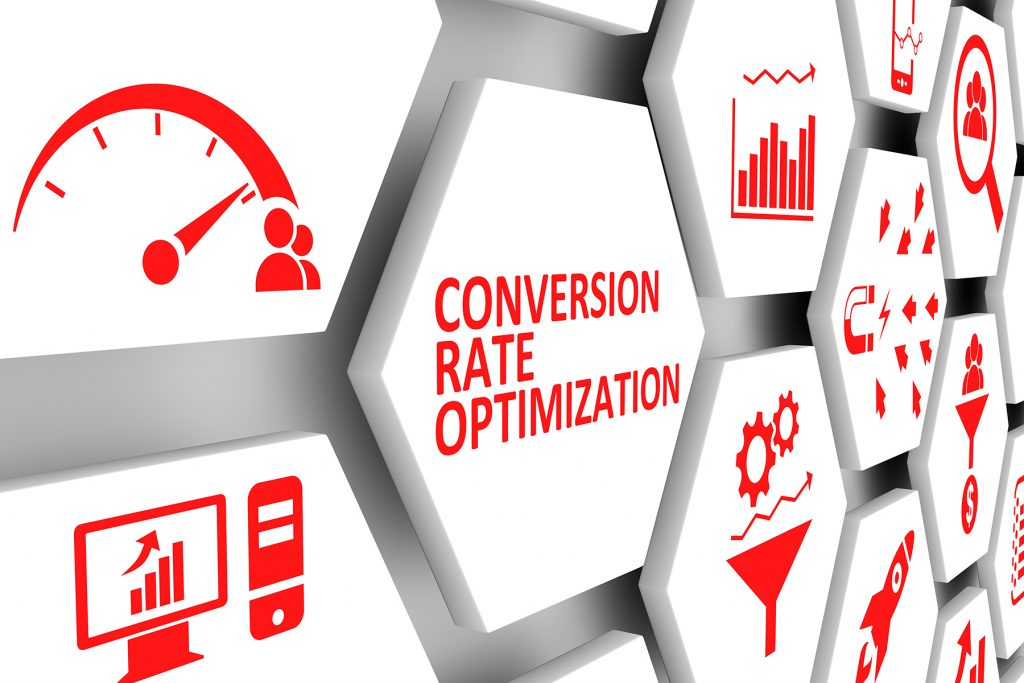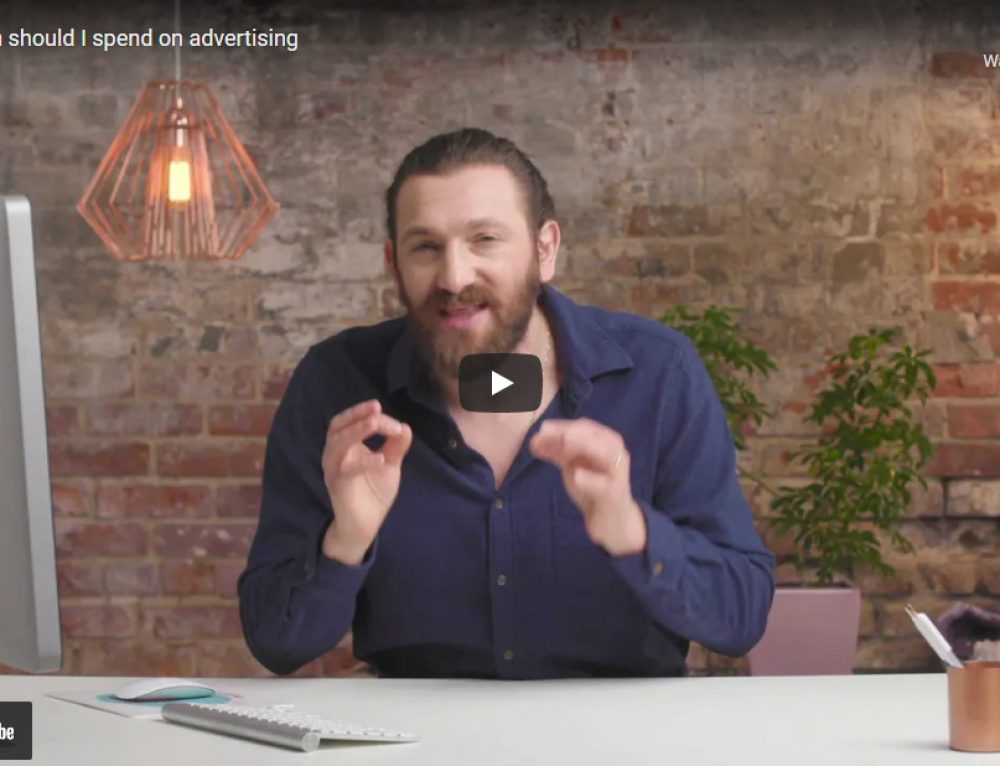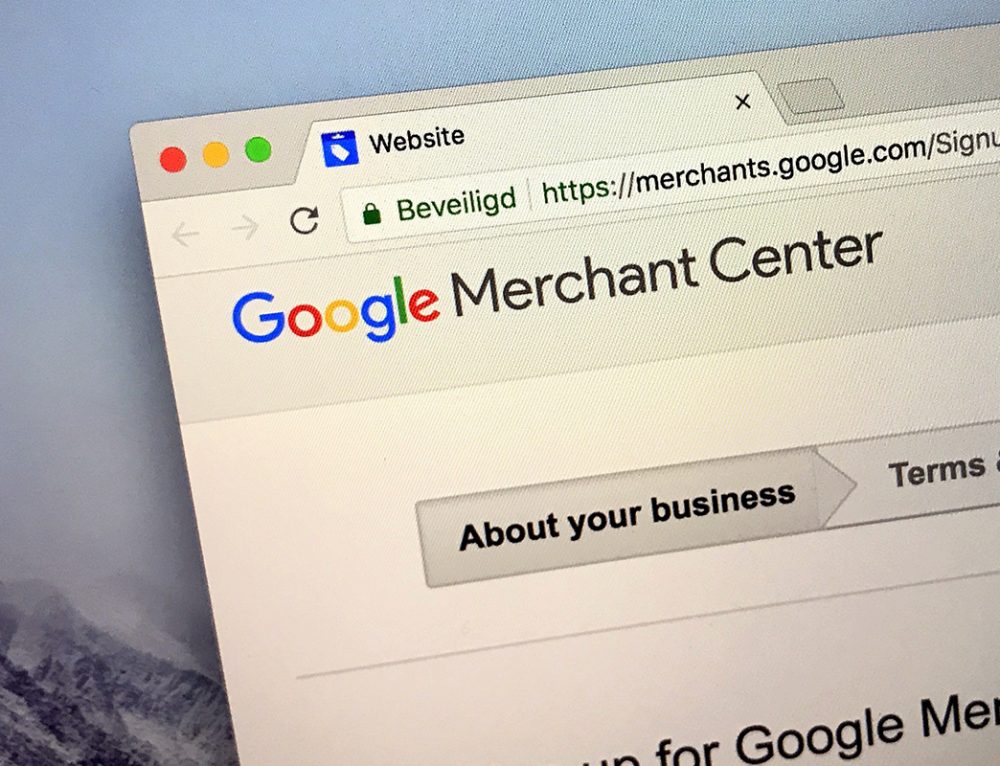Conversion rate is the key metric website owners use to evaluate the performance of their eCommerce site. Simply put a conversion rate is the percentage of visitors to a site that perform a certain action. In the case of eCommerce that action is making a purchase. The higher the conversion rate, the better.
Industry averages range from 0.7% to 2.7% across most industries. For example, the average conversion rate for fashion clothing and accessories is 1.41%, or 14 sales for every 1000 visitors.
The reason conversion rate is such an important metric is twofold: First, it informs you of how your site is performing both historically and against industry benchmarks. Second, it allows you to forecast your sales based on ad spend and website traffic. If you’re not sure how it all works, there are professionals who can assist you with Conversion Rate Optimization Consulting and other services. These experts may be able to assist in converting visitors into customers.
It can be tricky boosting your conversion rate and you may need help getting your percentage higher. Hiring a Digital marketing firm will give you the best chance of improvement but for now, here are three key strategies we use with eCommerce Accelerator™ to optimize your conversion rates:
Usability
Once you have a potential customer visiting your site, you want them to stay and shop. Usability is key to keeping your visitors on your site. This includes ease of use in searching and browsing, fast load times, and mobile-friendly pages. Using an industry-standard eCommerce platform and template solves the majority of usage issues and provides an interface people are familiar with. Techniques such as properly sizing images, lazy loading, and reduced use of pop-ups create a more user-friendly experience. UX experts have a major hand in improving the usability of websites. They make use of a card sorting tool and similar other methodologies to research, test, and refine any information architecture.
Targeting
Advertising dollars are deployed to drive more business to your eCommerce site. However, if you are not sending the right prospects, your conversion rate will drop and the return on your advertising spend will decrease. The answer is targeting. Step one in targeting is making sure you have your shopping site set up to communicate with your ad accounts. For Facebook and Google this means Facebook pixels and Google tag manager. The ad accounts to know what people are doing on your site after they click on an ad.
Once your site is integrated with the advertising platforms, you can start to create ads and audiences. If you are just starting out, run high impression awareness campaigns to get your brand out there. As people start to interact with your ads, you will be creating an audience of people interested in your products. Use these ‘engaged’ users to target new ads to drive visitors to your website. Use the website visitors who start to browse and purchase to create an audience of ‘purchasers’ to target ads that drive sales. This is what we call a ‘full funnel’ approach and works to increase both the number of qualified visitors and the site’s overall conversion rate.
Measuring
Finally, you need to measure. Not only do you need to integrate your sales channels, such as Facebook and Google, you should set up Google Analytics, and also familiarize yourself with the native reporting in your ecommerce platform. Before starting your advertising campaigns take a snapshot of your conversion rate and visitor volume and set a benchmark. As you are building your site and running your advertising campaigns, continue to track these numbers. Once the numbers begin to move, you can use the analytics to dive into the numbers to better understand your results. Look at the visitors by source, organic versus paid, and new versus returning. These analytics will help you to determine which campaigns and messages are working the best, and you could even put them into an interactive map maker to show during presentations with potential clients to present the reach of your campaigns in a more dynamic way. Be patient, it usually takes a week or more for advertising campaigns to ‘learn’ and return optimized results. We like to set an appointment every two week with our clients to review results and strategize about changes to optimize results and utilize data that has been collected during the campaign’s run time.
To read more tips and techniques from the staff at Engage121, please visit our blog here. For more information about our eCommerce Accelerator™ or to subscribe to our weekly digital marketing tips newsletter please sign-up here.
Kurt is the COO/CTO of Engage121 and has over 20 years’ experience in Digital Marketing technologies. Kurt and team have developed technologies and expertise that allow our customers to realize the benefit of Fortune 500 marketing practices without the time or expense.






